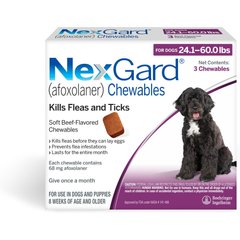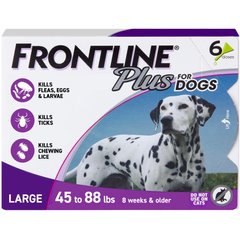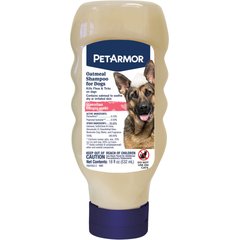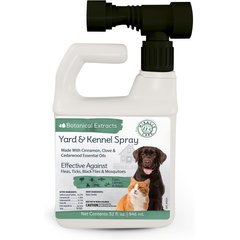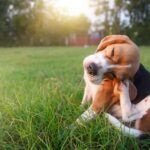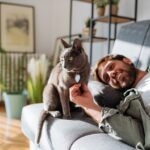How To Get Rid of Fleas in the House
“Ewww!” That might be the first sound you utter when you discover that fleas have infiltrated your home. Unfortunately, as a dog or cat parent, this discovery means that your furry friends are dealing with a nasty case of itchiness too.
Never mind the fact that fleas carry icky diseases that can be transmitted to humans, like cat scratch disease (a highly unfortunate bacterial infection) or tapeworms… Ew, indeed. So, how do you get rid of fleas in your house?
Here’s the good news: With consistent flea control measures, these pests won’t be permanent residents of your home, and they won’t live forever in your pet’s fur either.
We talked to pest control experts for their tips on the best ways to get rid of fleas in your home and on your pets. You’ll be saying goodbye to those tiny, yet formidable, bugs before you know it.

iStock.com/chendongshan
Understanding Flea Infestations
When it comes to an infestation of fleas, it’s not enough to just get rid of the ones you see. Fleas in other life stages, such as eggs, larvae, and pupae, can live for months, or—gasp!—even years, and they can be nearly impossible to spot. To really get to the root of the problem, you’ll need a solution or a combo of solutions that will kill fleas in every stage of the flea life cycle.
Fleas go through a complete metamorphosis, just like a butterfly does. And each stage offers its own unique set of challenges.
- Eggs: Adult fleas lay eggs on their host, and those eggs can easily fall off in the yard or in the house. In a warm, humid environment, like a household can be at times, it takes two to 12 days for flea eggs to hatch. In cooler temperatures and without a host present, such as an empty apartment, flea eggs can lay dormant for weeks to months. You can use things like insecticides, laundering, and vacuuming to do away with the eggs.
- Flea larvae: Flea larvae are incredibly small. Looking like teeny worms or maggots, they are nearly impossible to spot. Flea larvae don’t need a blood meal to survive. Instead, they mostly eat “flea dirt,” aka those small flecks in pet bedding that look like dried blood (which—ewww!—are the feces of adult fleas). These little guys can also be done in with insecticides, laundering, and vacuuming.
- Flea pupae: Again, like the butterfly, flea larvae spin cocoons and enter a pupal stage. A flea can be in this stage for days, weeks, or even months. This is when they get tricky to deal with. That cocoon protects them from insecticides.
- Adult fleas: Well, they made it to the final stage. Those grown-up fleas will start seeking out that lovely “blood meal” and will lay eggs, too. But they no longer can enjoy the protection of their cocoon. You can take out adult fleas with the help of insecticides, laundering, vacuuming, and flea combs.
Find out more about what fleas look like.
You should know that a flea problem will never be officially “solved” or “cured.” You simply learn how to control it and keep on top of it—that’s why vets recommend using flea and tick prevention all year round. Pets, as soon as they leave your house, can pick up fleas from spots as innocent as the local park, the groomer, a play date with an infested pet, or from being boarded overnight.

How To Get Rid of Fleas on Your Pet
OK, so you’ve noticed your dog, cat or other furry friend is scratching like crazy. They might be bleeding or even have sad bald spots throughout their fur. They look super uncomfortable, and you feel awful.
Your first stop? The veterinarian. They’re the expert on safe and reliable flea preventatives (which range from chewable treatments to a flea collar to topical solutions), which also work magic on pets already dealing with fleas. The vet will also know how to treat the fleas based on the type and size of your pet.
Other flea-removal measures (in addition to medication) may include:
- Bathing your pet with a flea shampoo
- Combing them with a flea comb
Recommended Products

How To Get Rid of Fleas in Bedding
Guess what? Both human bedding and pet bedding are susceptible to fleas. But there are some ways to handle this creepy-crawly situation and get rid of fleas in pet bedding and beyond.
Whether your pests are just eggs or are adult fleas, be sure to wash any bedding in your home in soapy water and dry it on the highest heater setting in your dryer. This doesn’t require any additional products, since fleas do not do well in high heat—specifically, they’ll die when the temperature exceeds 100 degrees Fahrenheit. And don’t overlook any throw blankets or stuffed pet toys—they’ll also need a good washing and drying.
Does your pet sleep on your bed? In that case, you’ll need to vacuum your mattress and under your bed, too.

How To Get Rid of Fleas in Carpet
Not unlike bedding, carpet, and rugs are prone to flea infestation. Think of all those nooks and crannies within the fibers where they can hide. Unfortunately, fleas can be difficult to spot in carpeted areas. If you’re noticing them crawling in and around your carpets, a full-blown infestation is already well underway.
This is when you need to break out the vacuum. For a mild flea issue, all you’ll need is the vacuum. But if they’re everywhere, you’ll need to include a flea spray or other insecticide in your process. Read the label and follow the instructions. Once the product has dried, vacuum it up. You should also vacuum daily for two weeks afterward to make sure you’re fully covered.
Recommended Products
Vacuums will suck up fleas no matter what stage they’re in: egg, larvae, pupae, or adults. Remember how we mentioned that flea pupae like vibrations? Well, here’s the upside to vacuuming: The vibration from the vacuum could make them emerge, and then they’ll become adult fleas. That might sound like a bad thing—adult fleas are the ones that’ll bite you and your pet!—but it also removes the protection of their cocoon, which makes them easier to kill.
Don’t stop at vacuuming only your carpet’s surface. Vacuum along baseboards. Get under those area rugs. Head to any plush areas where your pet spends time: the couch, underneath the couch, or even the windowsill.
Do you ever vacuum and forget to empty it? If you’re dealing with fleas, it’s imperative to empty that canister, because vacuuming doesn’t necessarily kill them. Dump it into a trash container that’s outside your home. Otherwise, the fleas, including their eggs, can easily take up residence inside your vacuum canister, and you’ll still have a problem.
If the vacuum simply isn’t getting the job done, it might be time to bring in a pest management professional.
Recommended Products
How To Get Rid of Fleas in Your Yard
Here’s the thing. Since your yard is part of the great outdoors, and nature … well … happens, your yard will never totally be free of fleas. All that wandering wildlife can bring fleas into your yard in the blink of an eye, and while you can relocate some animals from your yard, it’s impossible to prevent all animals from stepping onto your property.
Here’s something you can try if you’re attempting to determine how severe the flea problem is in your yard. Wear a pair of white socks that reach your mid-shin or knee, and skip the shoes. Go slowly through the shaded areas of your yard. If you have fleas, they’ll hop right onto your socks—the white backdrop will make them easy to see. Only one or two fleas? You likely don’t need full-on flea treatment. But if your socks are crawling with fleas, you’ll need to take action.
You can buy yard treatments to tackle the problem yourself, but be warned: The outdoors is a particularly challenging place to treat for fleas. It may be more efficient to hire a pest management pro to service your yard. This will likely entail two treatments that are 14 days apart. Be sure to seek out a company that guarantees their work.
Recommended Products

How To Get Rid of Fleas on Furniture
Furniture with upholstery is another common hideout for fleas, especially if your pet cozies up on the couch or curls up in a favorite chair. This is another job for your vacuum. Hoover your upholstery daily, and make sure to get in those cracks and crevices. And don’t forget: Empty the canister into the trash outside your home after every cleaning.
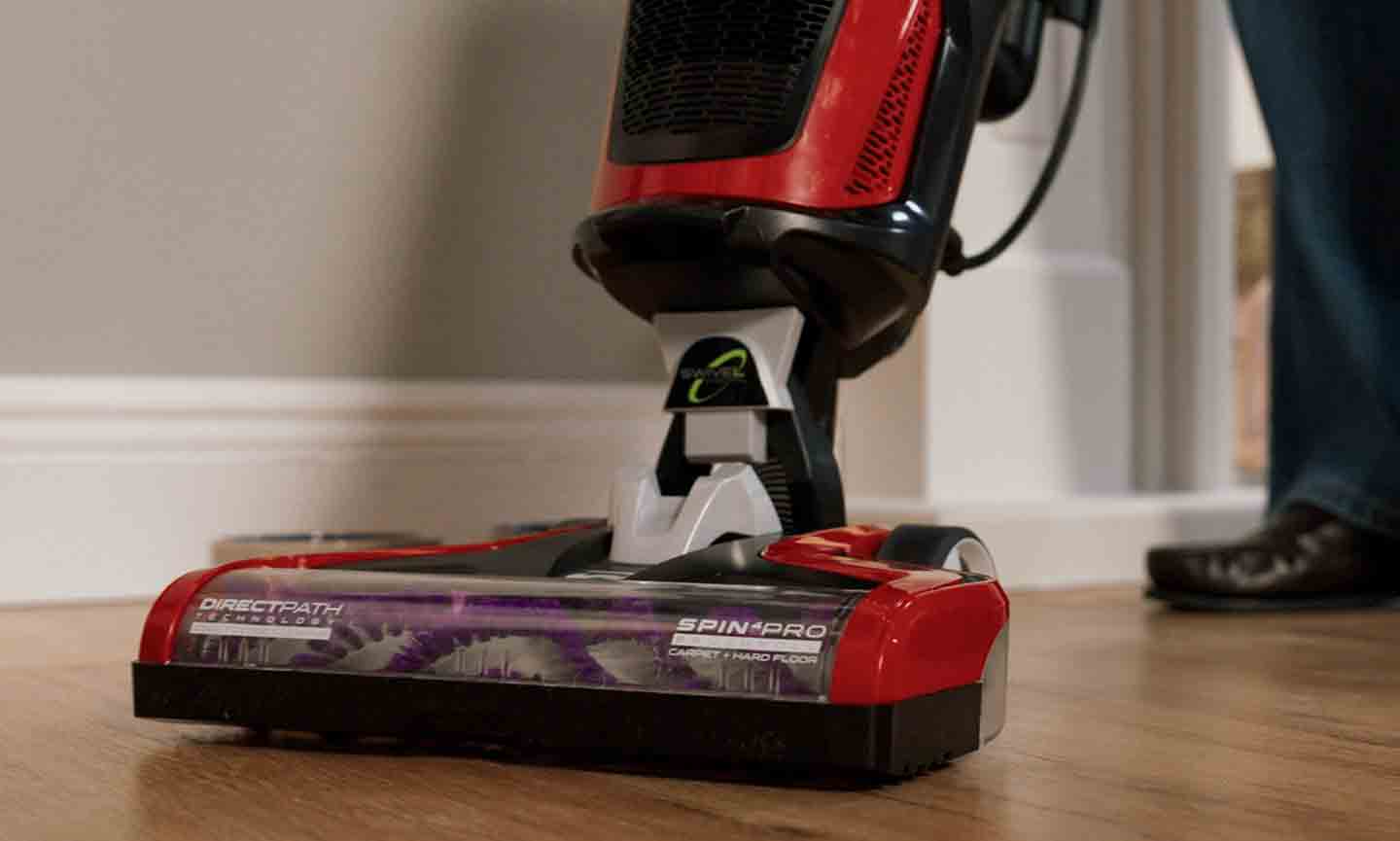
How To Get Rid of Fleas on Hard Surfaces
It’s true: Those darn fleas can live on hard surfaces, too. Make a list of all the hard surfaces found throughout your home, including areas near the pet food bowl, windowsills, benches or cat towers. These spots will require frequent vacuuming, daily if possible, to eliminate an infestation. For flea prevention, be sure to vacuum these hard surfaces once a week. And don’t forget—empty that vacuum canister!
How To Get Rid of Fleas Naturally
If everyday, store-bought flea treatments laced with poison and chemicals isn’t exactly your thing, there are natural, eco-friendly products you can turn to to kill fleas and flea eggs.
For example, many pest control companies nowadays offer eco-friendly solutions—just be sure to ask or do some research on their website. Particularly, look for companies that offer GreenPro certified services. GreenPro pest management certification provides consumers with the assurance that the service they receive is light on the environment and that the technicians have passed a national exam with stringent standards.
In addition to vacuuming, you could also think about steam cleaning with hot water. Steamers generate heat of over 200 degrees, well above fleas’ survivable threshold of 100 degrees.
Another thing you can do yourself that’s also less toxic is simply washing items that are washing machine–safe at least once a week, at least until the fleas are under control and you’ve been vacuuming frequently.
Online, some DIY solutions to kill fleas have gone viral, but use caution as they can potentially be quite harmful. Diatomaceous earth, for example, can kill fleas—but only some diatomaceous earth products are pet-safe, and even those can hurt your pet if they ingest or inhale it. If you choose to use diatomaceous earth, it’s important to follow the instructions on the product packaging exactly.
Many common ingredients in natural pest control products are toxic to pets. These include:
- Citrus oil
- Clove oil
- Wintergreen oil
Many essential oils can be toxic if applied to your pet’s skin or fed to your pet. Speak to your vet about any natural products you’re considering using to keep your pets safe.
Speaking of safety, it’s essential to always check a product’s label to ensure it’s safe for pets, as well as children if there are kids living in your home.
Chat with your veterinarian to double-check that the methods you’re using are safe, too. If you’re planning to use a conventional insecticide flea treatment, know that it will be safe for your family and pets to return to those treated areas after the products have completely dried. That’s why it’s important to keep those areas well ventilated. And keep in mind that with insecticides, more is not necessarily better. Only use the amount of product stated on the label along with the recommended frequency.
While all of this information may seem daunting, it will be worth it to carefully go through each step of the flea-removal process—after all, you love your canine and feline friends, and you’d like your family to be itch-free, too, right? Looking for more tips on tackling fleas? Check out our complete flea and tick guide.
Expert input for this story provided by: Dwight Bowman, Ph.D., professor of parasitology at Cornell University College of Veterinary Medicine in Ithaca, New York; Steve Weinberg, DVM, CEO and medical director of 911 VETS in Los Angeles; Michael “Dr. Flea” Dryden, a veterinary parasitologist with Kansas State University in Manhattan, Kansas; Jeff Pace of Long’s Pest Control Inc. in Roseburg, Oregon; Susan Hare, Program Director of Thrasher Termite & Pest Control in Los Gatos, California; Matt Smith, co-owner of Green Pest Management in New Castle, Delaware; Chris Call, New York Region Manager of Fox Pest Control in Logan, Utah.
This content was medically reviewed by a veterinarian.
